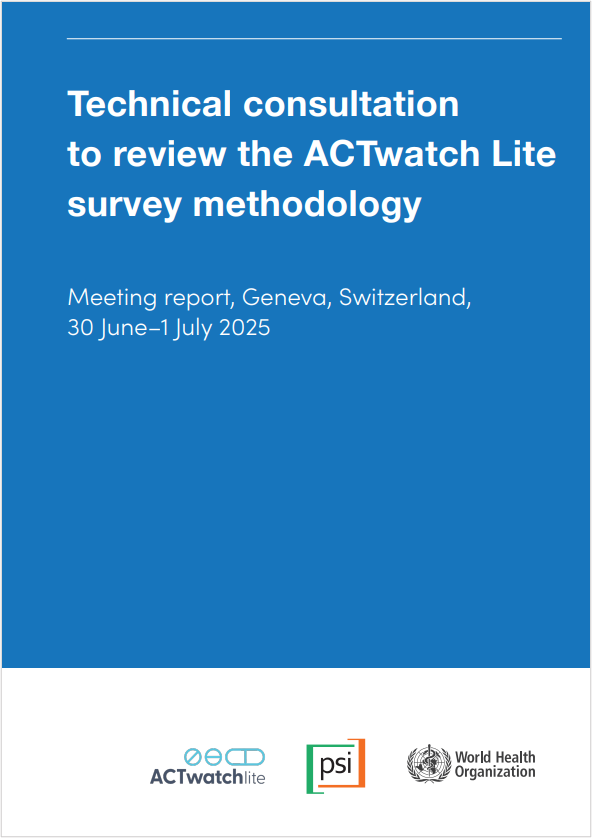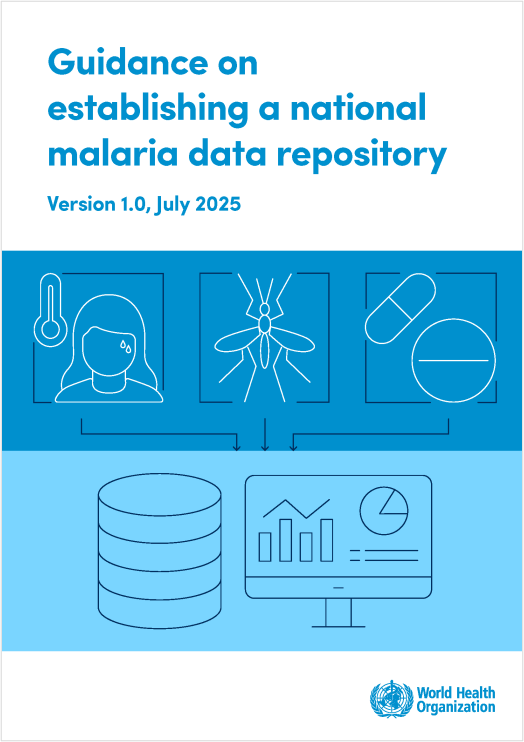Last Updated: 29/05/2025
Epigenetic drivers of quiescence in artemisinin-resistant Plasmodium falciparum malaria
Objectives
By harnessing techniques from tumor biology and bacterial persister systems, this proposal sets to identify and functionally characterize the roles of ncRNAs in parasite quiescence. This project will use transcriptomics to identify differentially changing long ncRNAs and tRNA- derived fragments in ART-resistant and ART-sensitive parasites after exposure to ART or to isoleucine starvation.
Malaria, a mosquito-borne parasitic disease caused by Plasmodium falciparum (Pf), remains a significant global health threat, with ~200 million cases and ~600,000 deaths annually, mainly in children under 5 years of age. Resistance to the first line antimalarial, artemisinin (ART), has spread across Asia and has now arisen in Africa, imperiling malaria treatment and control. Despite the pressing need for novel therapeutic targets, discovery of new fundamental parasite biology lags behind most other pathogens and higher eukaryotes. ART resistance is primarily mediated by mutations in the K13 protein. While reduced hemoglobin endocytosis plays a central role in this resistance response, cellular quiescence is also a key component of survival. The drivers of entry into and exit from drug-induced quiescence remain undiscovered. Quiescence is critical to multiple aspects of parasite biology, including to the starvation response and in the liver and mosquito stages. In ART-induced quiescence only a small yet reproducible parasite population survives drug pulse and reinitiates growth, suggesting a role for epigenetic and epitranscriptomic regulatory mechanisms. One such mechanism was recently uncovered via tRNA modification reprogramming, that drug-resistant parasites use to rapidly alter their proteome in a codon- bias manner as a ‘just-in-time’ translational stress response. The hypothesis is that, similar to quiescent tumor cells and bacterial persister cells, Pf can also use noncoding RNAs (ncRNAs) to alter its transcription and translation in response to stress. Uncovering these yet unidentified mechanisms will fundamentally alter how transcriptional and translational control in malaria parasites is understood. Candidate ncRNAs will be validated using complementary approaches, including CRISPR/Cas9 conditional knockdowns and in vitro parasite drug susceptibility assays. Molecular mechanisms will be elucidated using biotinylated candidate ncRNAs as bait to identify interacting RNA binding proteins by mass spectrometry (MS). It will also test the hypothesis that modifications on the amino-acyl tRNA can regulate ART-mediated quiescence at the translational level by using a combination of specialized MS and genetic knockdown approaches. Finally, a novel quiescent reporter parasite line will be created, allowing for live cell sorting of quiescent parasites. This will provide the first opportunity to examine transcriptomic changes at the single cell level as parasites enter and exit quiescence. It is anticipated that the findings will shift the paradigm of how we understand gene regulation in drug-resistant, blood stage Pf and that the framework and tools generated herein can be expanded to other quiescent stages of the parasite lifecycle. The results will also identify parasite vulnerabilities that can be leveraged into new strategies to treat ART-resistant malaria.
Sep 2024 — Aug 2027
$1.48M


